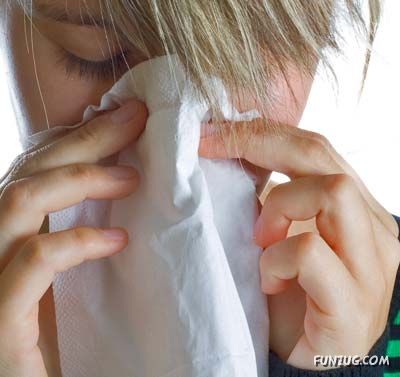
Mild to moderate allergies can ruin a beautiful day. But allergy symptoms are manageable when you plan ahead and prepare for pollen and other allergens.
Make these six tips part of your allergy action plan.
1. Discover Your Personal Allergy Triggers
Most people blame pollen for their allergies, but dust mites, pet dander, and mold also trigger many allergies. To avoid the allergens that trigger your allergic reactions, you need to know what they are. Get an allergy skin test. Skin tests are the one way to know what’s triggering your allergies.
2. Check the Pollen Count
Pollen counts are highest on hot, dry, windy days. Check the forecast before making plans. Pollen is released by plants between 5 a.m. and 10 a.m., but travels best on mid-day breezes. Plan outdoor activities for early morning or at sunset. Remember, ragweed releases its pollen in the fall, so pollen counts may be high into September or even mid-October.
3. Allergy Proof Your Home
Keep windows and doors closed on days when pollen levels are high. Use an air conditioner to circulate and cool indoor air. And be sure to change the filter every couple of months. If you have carpets, consider replacing them with hardwood or linoleum floors.
4. Clean House to Reduce Allergy Symptoms
Pollen, pet dander, and dust settle throughout your house. Vacuum twice a week — floors as well as furniture such as couches — to remove these allergens. Use a microfiber cloth to dust bookshelves, blinds, and other surfaces that collect dust. Don’t hang clothes out to dry — they’ll bring in pollen. Use the clothes dryer instead.
5. Rinse Allergens Out of Your Hair and Clothes
Pollen collects on your clothes and hair. After an outing on high-pollen days, wash your clothes and rinse your hair. If you like to jog or ride bikes, choose allergy-friendly workout clothes. Polyester fabrics attract and hold less pollen than clothes made of cotton or wool.
6. Proactively Treat Allergy Symptoms With Medicine
The sooner you take allergy medicine, the better it will work to reduce symptoms.
Antihistamines work by occupying histamine receptors sites in your body, thus preventing histamine from causing allergic symptoms. Histamine is the substance your body releases that leads to stuffy noses and itchy, watery eyes from allergies. Antihistamines are most effective when taken continuously during allergy season.
Decongestants decrease nasal congestion by causing blood vessels to constrict, reducing blood flow to nasal passages. They are best for short-term use. Using decongestant nasal sprays for more than three to five days can aggravate allergy symptoms.
Steroid nasal sprays decrease inflammation (swelling) and mucus production. This action helps reduce the reaction of the nasal tissues to inhaled allergens. Nasal steroids can also treat nasal polyps that often cause obstruction and lead to nasal congestion and sinus infections.
Allergy eyedrops usually contain anti-inflammatory agents, decongestants, or antihistamines. Depending on the active drug in the eyedrops, they work by decreasing inflammation or inhibiting histamine release. The result: a decrease in itchy, tearing, or swelling.

